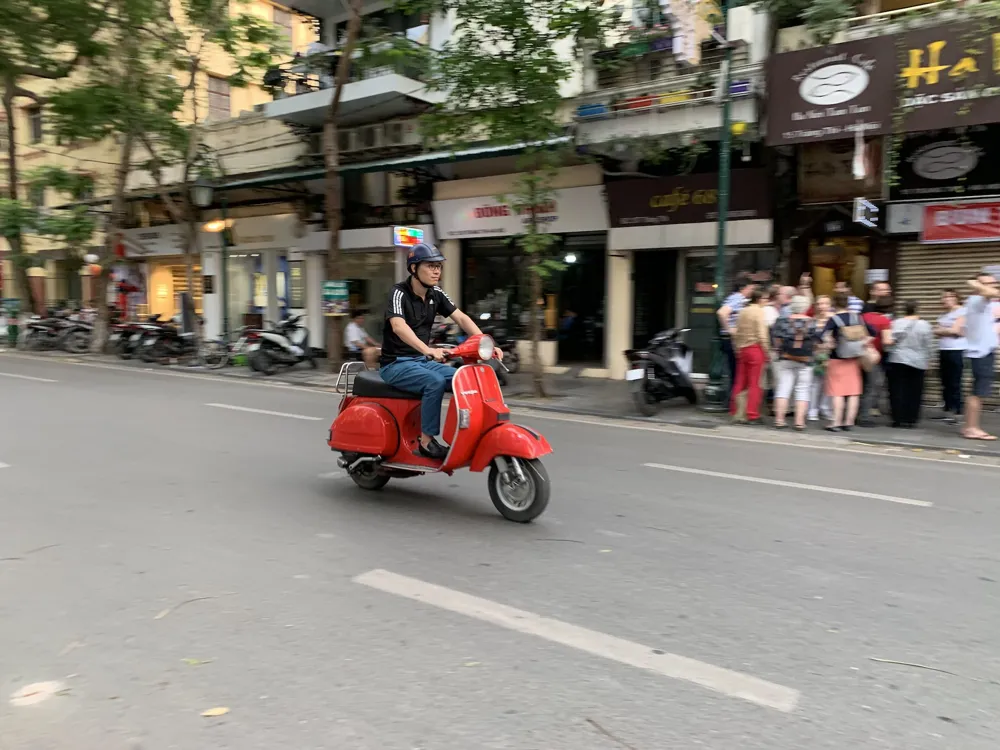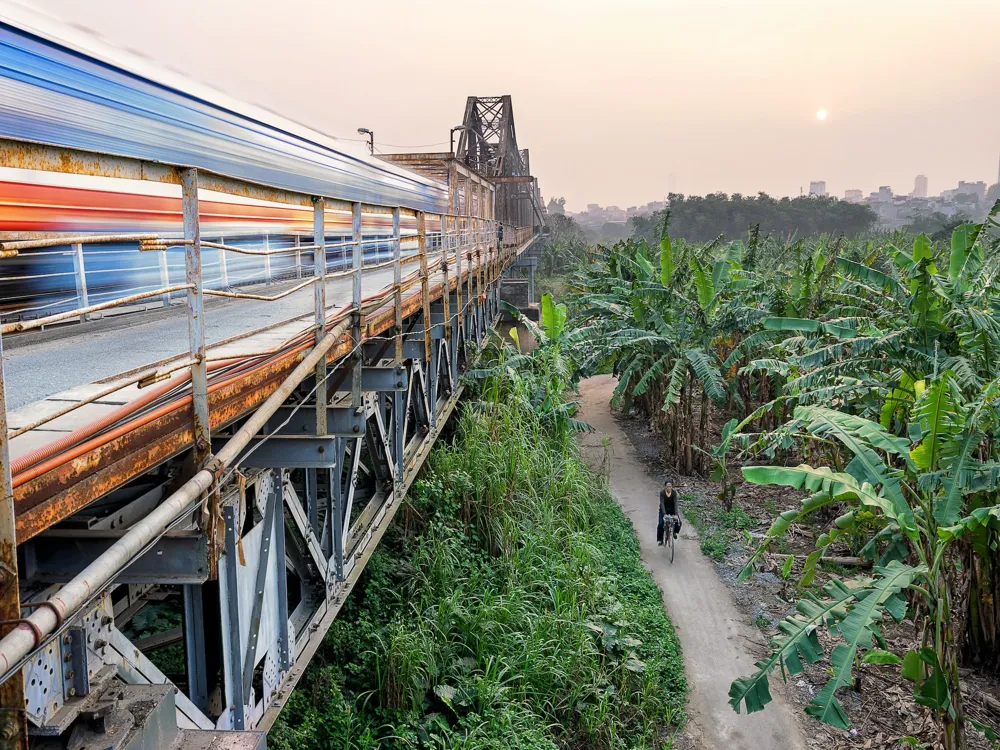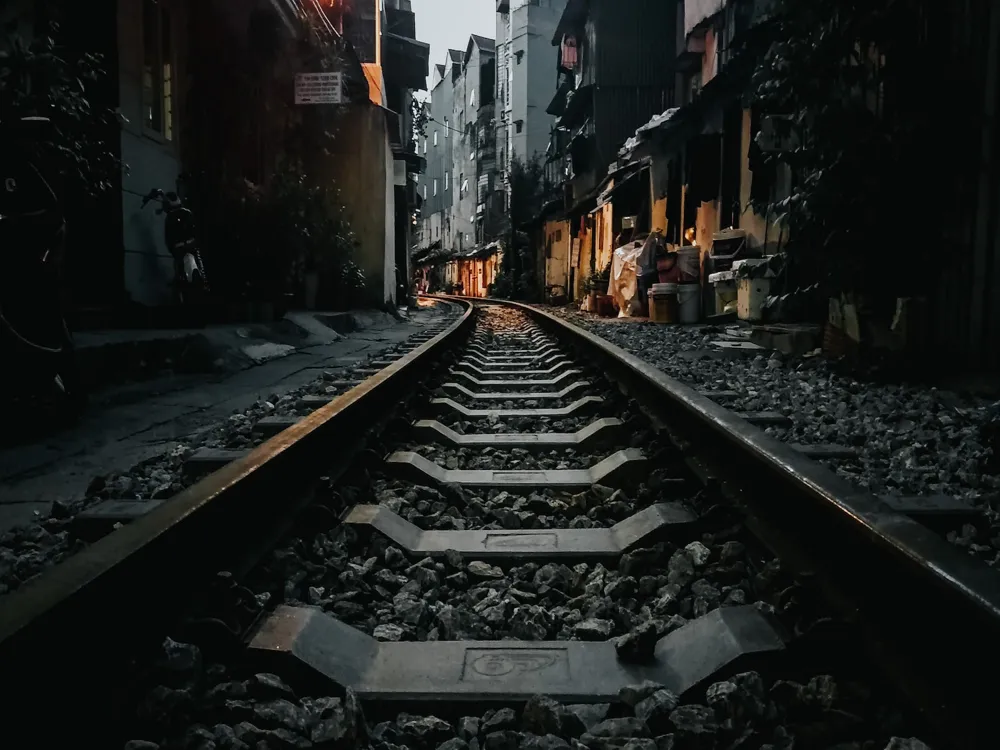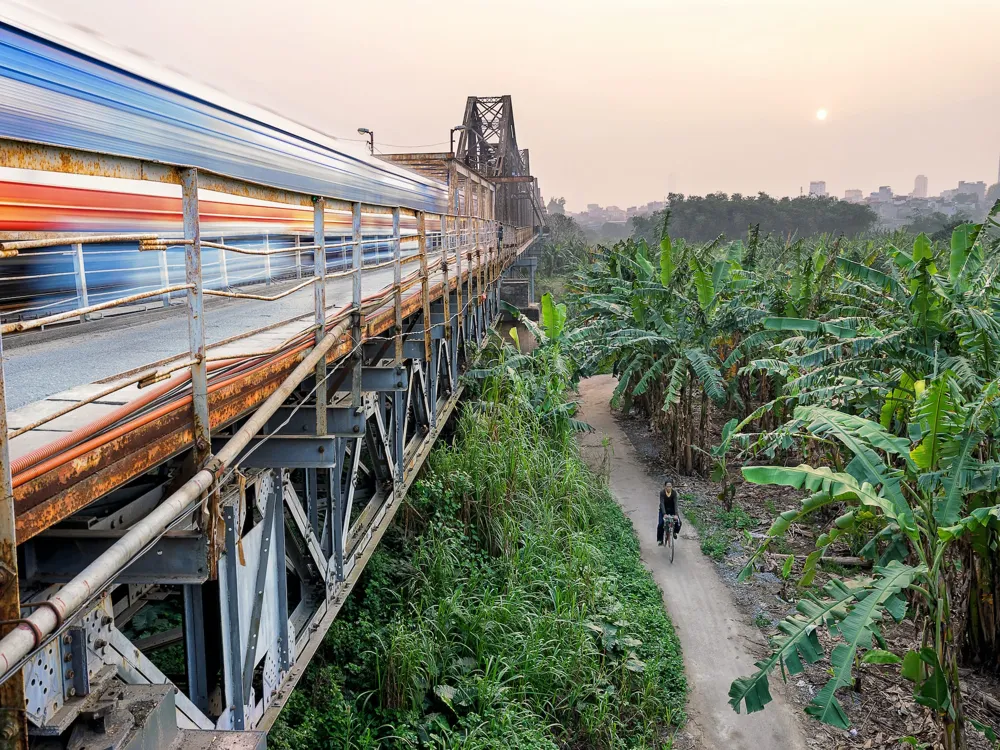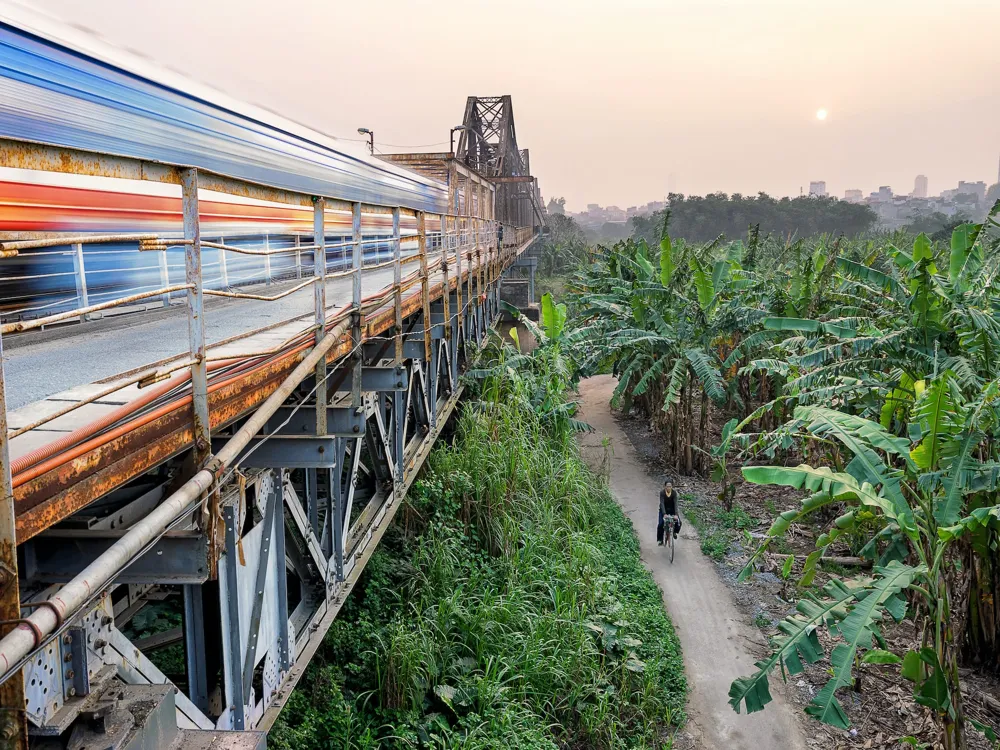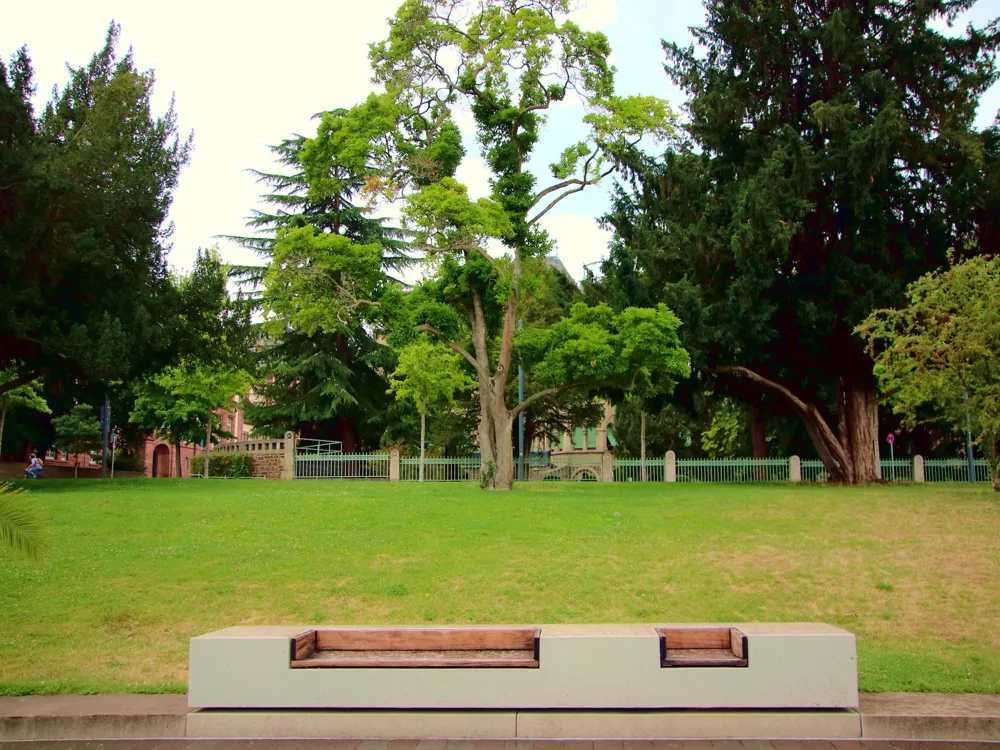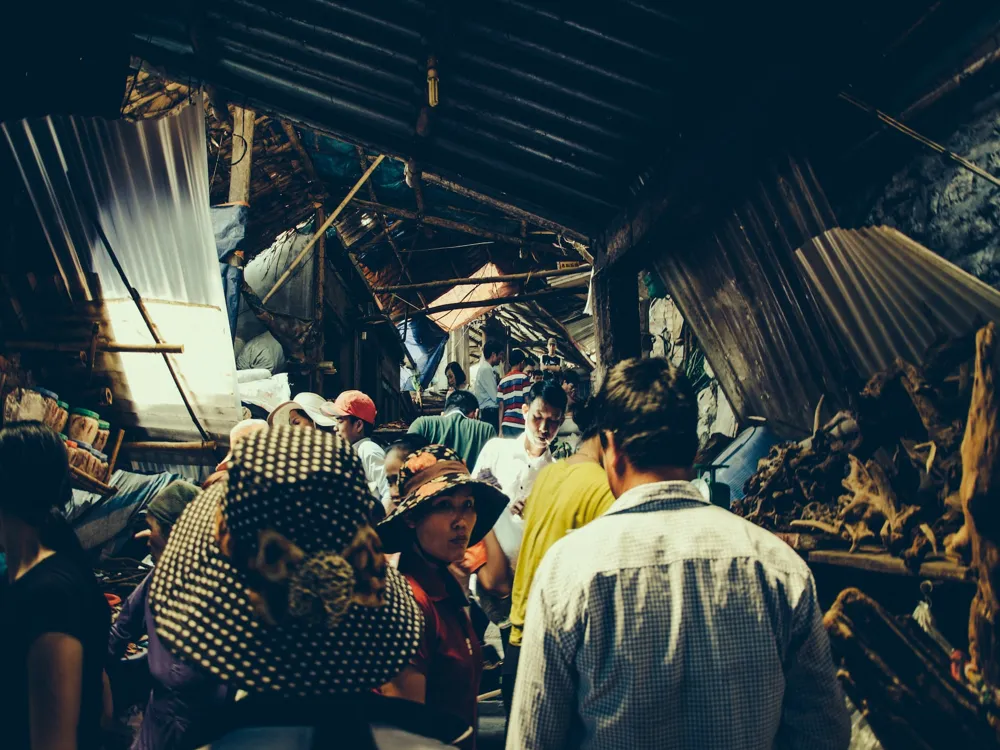Hanoi, the capital city of Vietnam, is a mesmerizing blend of Eastern and Western cultures, a result of centuries of various influences and historical changes. This city, nestled on the banks of the Red River, is characterized by its age-old architecture, vibrant street markets, and rich cuisine. Hanoi is not just a city but an embodiment of Vietnam's spirit, where tradition and progress coexist harmoniously. The city's history dates back over a thousand years, with its establishment as the capital of Vietnam in 1010 AD. Over the centuries, Hanoi has witnessed numerous invasions, occupations, restorations, and cultural influxes, all of which have shaped its unique character. The city's ancient name, Thang Long, meaning 'Ascending Dragon,' symbolizes its enduring vitality and growth. Hanoi is a city of contrasts, where serene pagodas stand alongside bustling streets, and tranquil lakes provide a respite from the urban pace. Hanoi's cultural tapestry is rich and diverse, reflecting influences from Chinese and French colonial rule. The city celebrates numerous festivals and traditions, the most prominent being Tet, the Vietnamese New Year. This festival, like many others in Hanoi, is a vibrant display of the city's cultural richness and community spirit. The city's cuisine is a delightful exploration of flavors, with street food playing a central role in Hanoi's culinary scene. Dishes like Pho, Bun Cha, and Banh Mi are not just food items but a representation of Hanoi's soul. Hanoi's modern aspects are just as compelling as its traditional ones. The city has seen rapid development in recent years, with an emerging skyline, expanding infrastructure, and growing economic significance in Southeast Asia. This development has been carefully balanced with the preservation of Hanoi's heritage, ensuring that the city's soul remains intact amidst progress. Hanoi's architecture is a fascinating showcase of its historical journey and cultural amalgamation. The city's architectural landscape is a tapestry of traditional Vietnamese styles, French colonial influences, and modern designs. This blend creates a unique aesthetic that is distinctly Hanoian. The Old Quarter, the heart of Hanoi, is where the city's traditional architecture is most evident. The area's narrow streets and alleyways are lined with tube houses, a unique architectural style characterized by their narrow fronts and elongated depths. These houses reflect the city's ancient urban planning, designed to optimize space and adapt to the community's social and economic needs. French colonial architecture in Hanoi is another significant aspect of the city's architectural identity. During the French occupation, Hanoi underwent a transformation with the construction of grand boulevards, opulent villas, and government buildings. The French Quarter displays this colonial elegance, with landmarks such as the Hanoi Opera House and the Presidential Palace standing as testaments to this era. In recent years, Hanoi's architecture has embraced modernity. The city's skyline is increasingly dotted with high-rise buildings, showcasing contemporary designs and technologies. This modern architecture coexists with the city's historical structures, creating a dynamic and evolving urban landscape. The Lotte Center Hanoi and the Hanoi Landmark Tower are examples of this modern architectural trend, symbolizing the city's aspirations and forward-looking spirit. The best time to visit Hanoi is during the spring (February to April) and autumn (September to November) months. During these periods, the weather is pleasant, with moderate temperatures and reduced humidity, making it ideal for exploring the city. Understanding and respecting local customs and traditions is crucial while visiting Hanoi. Dress conservatively when visiting religious sites, and always ask for permission before taking photos of people or private property. It's also important to be aware of the city's bargaining culture in markets. Hanoi's street food is a must-try. Dishes like Pho, Bun Cha, and Banh Mi offer a taste of the city's rich culinary heritage. Be adventurous with your food choices, but also be mindful of food safety. Eating at busy stalls where locals eat is often a good sign of quality and freshness. Getting around Hanoi can be an adventure in itself. The city's traffic is notorious, so be cautious when crossing streets. Taxis, motorbike taxis, and app-based ride services are readily available. For a more authentic experience, try navigating the city on a bicycle or on foot. Don't miss Hanoi's key attractions like the Hoan Kiem Lake, the Temple of Literature, and the Ho Chi Minh Mausoleum. Also, allocate time to explore the city's museums and art galleries to gain deeper insights into its history and culture. Hanoi is well-connected both internationally and domestically. Noi Bai International Airport, located about 35 km from the city center, is the main gateway for international travelers. The airport is serviced by a range of international and domestic airlines, offering convenient connections to major cities around the world. For domestic travel, Hanoi is a central hub for railways and roadways. The Hanoi Railway Station provides connections to various parts of Vietnam, offering an scenic and affordable way to explore the country. Additionally, the city's extensive bus network makes it easy to travel to and from different regions.Overview of Hanoi
Architecture of Hanoi
Tips When Visiting Hanoi
Best Time to Visit
Cultural Etiquette
Local Cuisine
Transportation Tips
Sightseeing Recommendations
How To Reach Hanoi
Lotte Observation Deck
Hanoi
₹ 15,260 onwards
View hanoi Packages
Weather :
Tags : Viewpoint
Time Required : 1 hour
Planning a Trip? Ask Your Question
Hanoi Travel Packages
View All Packages For Hanoi
Top Hotel Collections for Hanoi

Private Pool

Luxury Hotels

5-Star Hotels

Pet Friendly
Top Hotels Near Hanoi
Other Top Ranking Places In Hanoi
View All Places To Visit In hanoi
View hanoi Packages
Weather :
Tags : Viewpoint
Time Required : 1 hour
Planning a Trip? Ask Your Question
Hanoi Travel Packages
View All Packages For Hanoi
Top Hotel Collections for Hanoi

Private Pool

Luxury Hotels

5-Star Hotels

Pet Friendly







